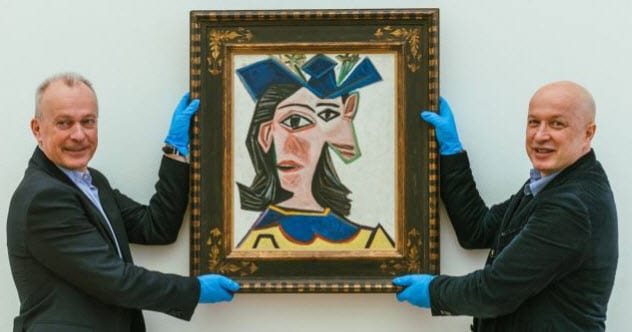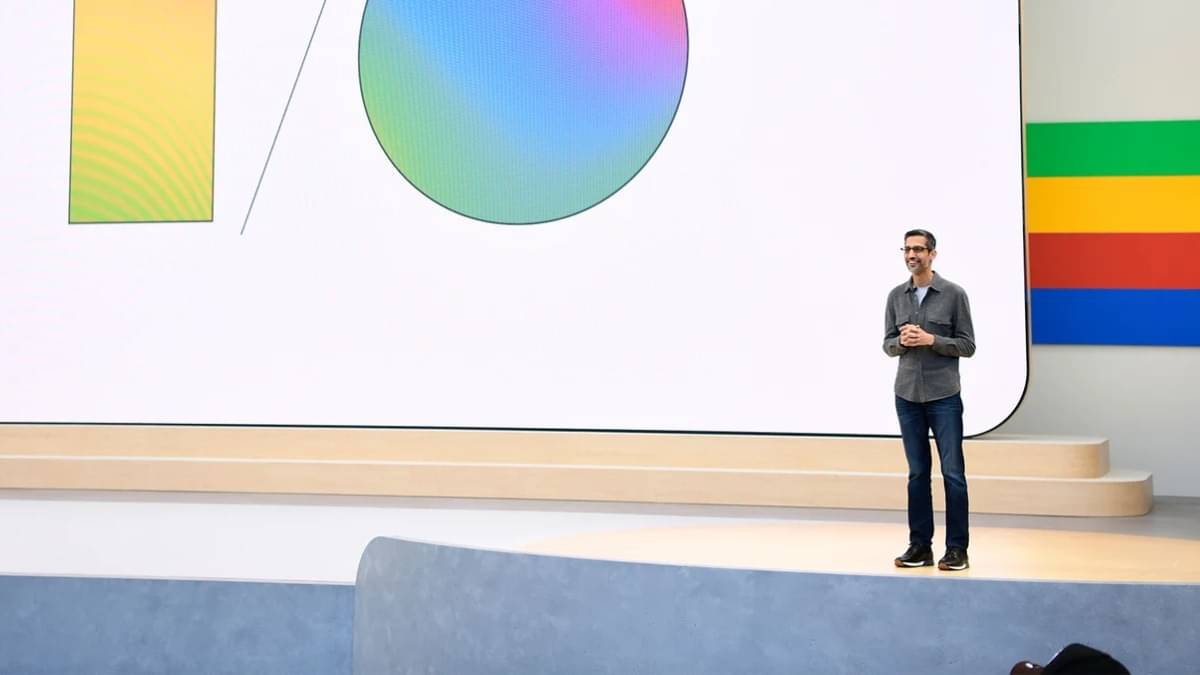Now Reading: 10 Everyday Items Once Used in Ancient Burial Rituals
-
01
10 Everyday Items Once Used in Ancient Burial Rituals
10 Everyday Items Once Used in Ancient Burial Rituals

Swift Summary
- Everyday items like pillows, wigs, and perfumes originated from ancient death rituals and burial rites.
- Pillows in Mesopotamia and Egypt were initially tools for cradling the heads of corpses to preserve posture and protect spirits.
- Wigs in Ancient Egypt started as adornments for mummies, imitating royal headdresses but later became fashion staples.
- Sumerian funerary straws were crafted from gold or lapis lazuli to sip offerings without disturbing sediment during rituals.
- perfume was invented as a tool to mask decay during embalmment practices across multiple cultures-Egyptians specialized in crafting aromatic oils for tombs labeled “Breath of the Gods.”
- Makeup like kohl and green copper pigments served religious purposes for both living priests and deceased nobles, intended to emulate divine regeneration symbols like Osiris.
- coffins inspired modern bathtub designs during 19th-century Britain due to their ergonomic shapes first created for burial comfort.
- Nail polish emerged as status markers among Chinese elites but began with lacquered nails on mummies reflecting cosmic alignment themes.
- Sunglasses originated in Song dynasty China were tear-concealing quartz glasses lent dignity at funerals. Victorian mourning spectacles followed similar principles later on.
Indian Opinion Analysis
This exploration of burial-inspired everyday objects reveals humanity’s deep past interplay between life, death, artistry, and practicality. Although rooted outside India geographically, cultural parallels can be drawn to India’s own mortuary traditions-where elements like turmeric (for preservation) or intricate sarcophagus carvings echo similar ritualistic ingenuity.
India has consistently demonstrated rich innovation stemming from sacred contexts: traditional ayurvedic methods shaped healing technologies much like embalming tools influenced modern surgical instruments globally. This article actively prompts readers within India’s socio-historical landscape toward comparing cross-global legacies while embracing conservation methods infused with cultural values.
Understanding such ancestral origins fosters mindfulness about how once-sacred or solemn functionaries transitioned into mass utility tools today-from ceremonial cosmetics now mainstream beauty-all carrying echoes reminding societal interconnected eternal vs human-designed spheres-crossing ,especially !!—leading broader humans ..
























